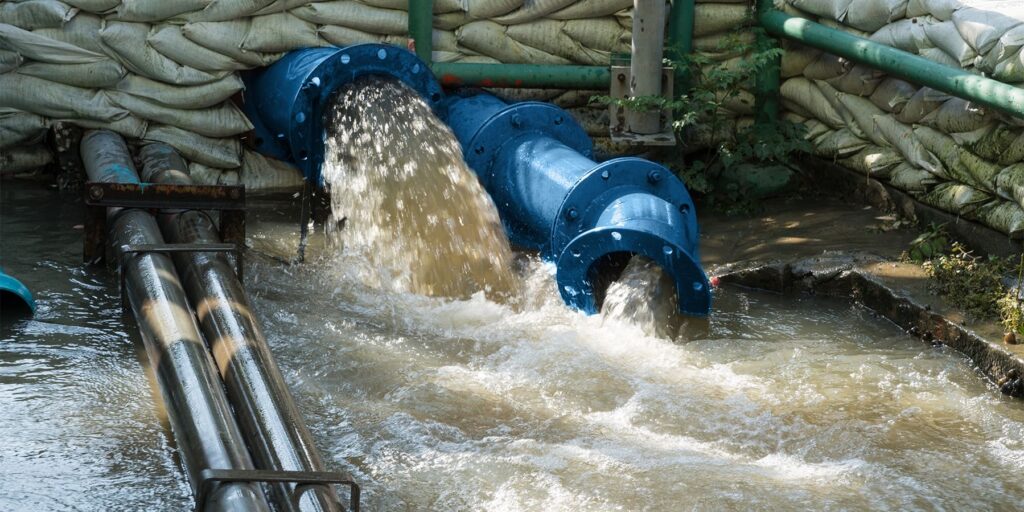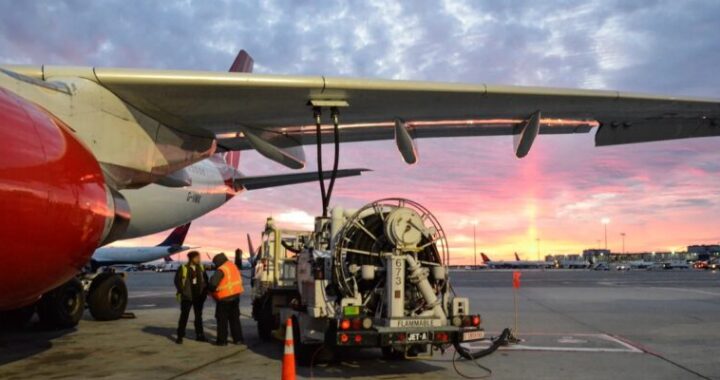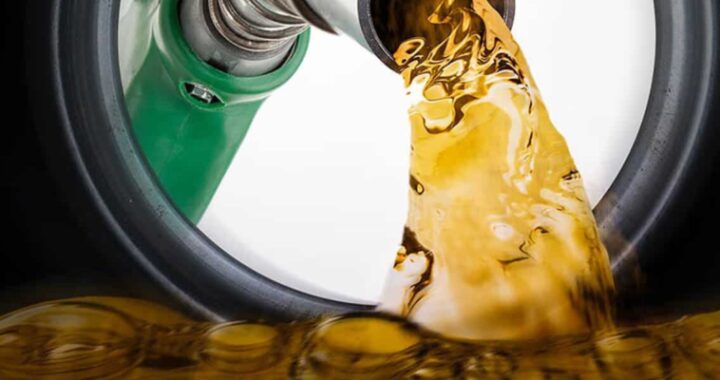Mining contributing to providing water in SA’s Northern Cape

The completion of the first phase of the Vaal Gamagara Water Supply Scheme (VGWSS) project in the Northern Cape Province of South Africa is good news for communities, mines, agriculture, and other businesses in the province.
The VGWSS will provide a stable and sustainable source of cost-effective, clean water to communities in the Northern Cape and another essential part of the mandate is to ensure adequate water supplies for mining operations and other businesses in the area.
Mining operations in the Manganese Belt and the Minerals Council of South Africa’s Northern Cape Mine leadership are critical partners in ensuring water reaches South Africa’s driest province via the VGWSS pipeline.
The first phase to replace an existing 75km of pipe between Roscoe and Blackrock has just been completed. The pipeline will benefit more than 6,000 households, mines, municipalities, farmers, and Transnet.
The construction of the Vaal Gamagara Water Supply Scheme was completed in 1968 to provide communities with water and to encourage investment in mining, agriculture and industry in the Northern Cape.
The scheme extracts water from the Vaal River near Barkly West and serves the major towns of Postmasburg, Kathu, and Hotazel at its northern-most point. The pipeline has aged and needs urgent upgrading and capacity enhancements.
Extensive engagements lead to action (Mining part of the solution to provide water in SA’s Northern Cape)
The Northern Cape Mines Leadership Forum has held extensive engagements with the Department of Water and Sanitation and Bloem Water, which is now the custodian of the VGWSS, to find a sustainable solution for the assets in the scheme as well as the second phase of work to upgrade the pipeline.
The mining industry consumes about 48% of the water it is authorized to extract from the system instead of its 59% allocation.
This means there is more water available to supplement the balance of water allocated for municipalities catering for communities, agriculture, private businesses, government departments and entities, and water user associations.
More than 20 mining companies pay a premium compared to other users for water in the scheme towards a capital raising fee to pay for the second phase of the VGWSS.
So far R268-million has been raised from the premium and it is ringfenced for the second phase of the pipeline upgrades, which includes upgrading the 260km pipeline between the Vaal River extraction point and Roscoe near Kathu.
The Minerals Council’s Northern Cape Mine Leadership Forum has used R50-million provided by mining company Assmang, which is jointly owned by African Rainbow Minerals and Assore, to keep VGWSS functional. Assmang mines manganese and iron ore in the Northern Cape.
Collaboration key to ensure sustainable supply of water (Mining part of the solution to provide water in SA’s Northern Cape)
The industry has conducted emergency repairs and routine maintenance of the pipeline and pump stations because the now-disestablished Sedibeng Water Board was unable to fulfil its mandate.
The VGWSS is designed to deliver 34-million litres of water a day but supplies about 24-million litres. The dewatering of Kumba Iron Ore’s Kolomela and Sishen mines adds about 45-million litres to the system daily. The dewatering projects could deliver a total of 57-million litres in coming years.
The actions by the mining industry to date have met the Northern Cape Mine Leadership Forum’s mandate to: “collaborate with key stakeholders to find a suitable solution for a sustainable transition of the asset to ensure a sustainable supply of water.”
Providing a stable and sustainable source of cost-effective, clean water to communities in the Northern Cape is an essential part of the mandate as well as ensuring adequate water supplies for mining operations and other businesses.


 President Akufo-Addo Inaugurates Dualisation of Anwiankwanta-Ahenema Kokoben Road to Ease Traffic and Boost Connectivity
President Akufo-Addo Inaugurates Dualisation of Anwiankwanta-Ahenema Kokoben Road to Ease Traffic and Boost Connectivity  Angola-Zambia Road Project to Boost Trade and Economy in Eastern Angola
Angola-Zambia Road Project to Boost Trade and Economy in Eastern Angola  ECOWAS HQ construction draws closer to completion
ECOWAS HQ construction draws closer to completion  BP Subsidiary to Sell 50% Stake in Maputo Airport Fuelling to Petromoc
BP Subsidiary to Sell 50% Stake in Maputo Airport Fuelling to Petromoc  Nigerian President: Fuel Subsidy Removal Saves $1.32B in 2 Months
Nigerian President: Fuel Subsidy Removal Saves $1.32B in 2 Months  Tanzania’s Fuel Prices Surge Amid Cross-Border Fuel Sourcing
Tanzania’s Fuel Prices Surge Amid Cross-Border Fuel Sourcing  TENDER FOR THE ESTABLISHMENT OF CODING & ROBOTIC HUBS IN SCHOOLS | SOUTH AFRICA
TENDER FOR THE ESTABLISHMENT OF CODING & ROBOTIC HUBS IN SCHOOLS | SOUTH AFRICA  Power China Group Utilizes Linnhoff TSD1500 for Key Rural Road Projects in Kenya
Power China Group Utilizes Linnhoff TSD1500 for Key Rural Road Projects in Kenya